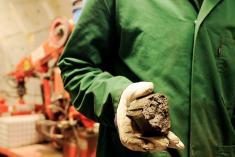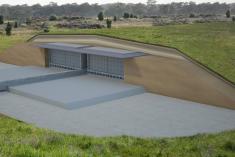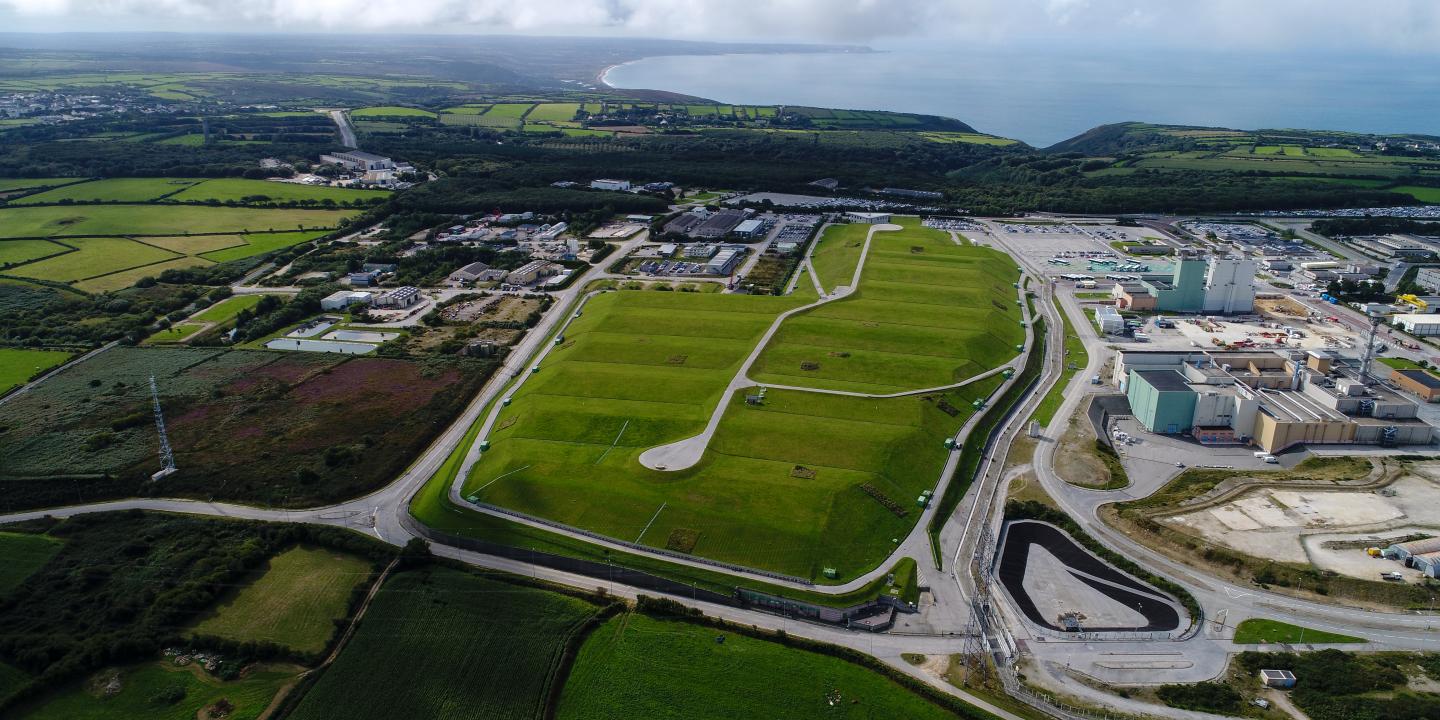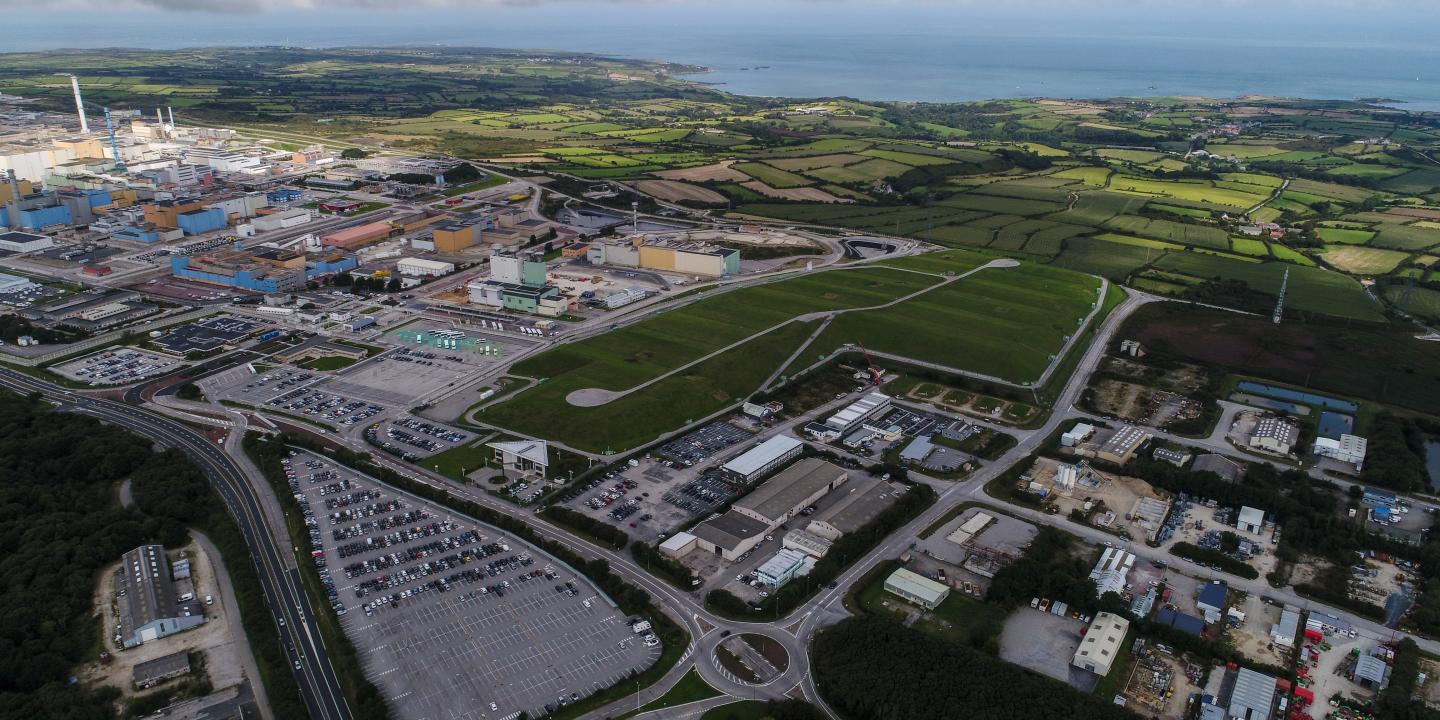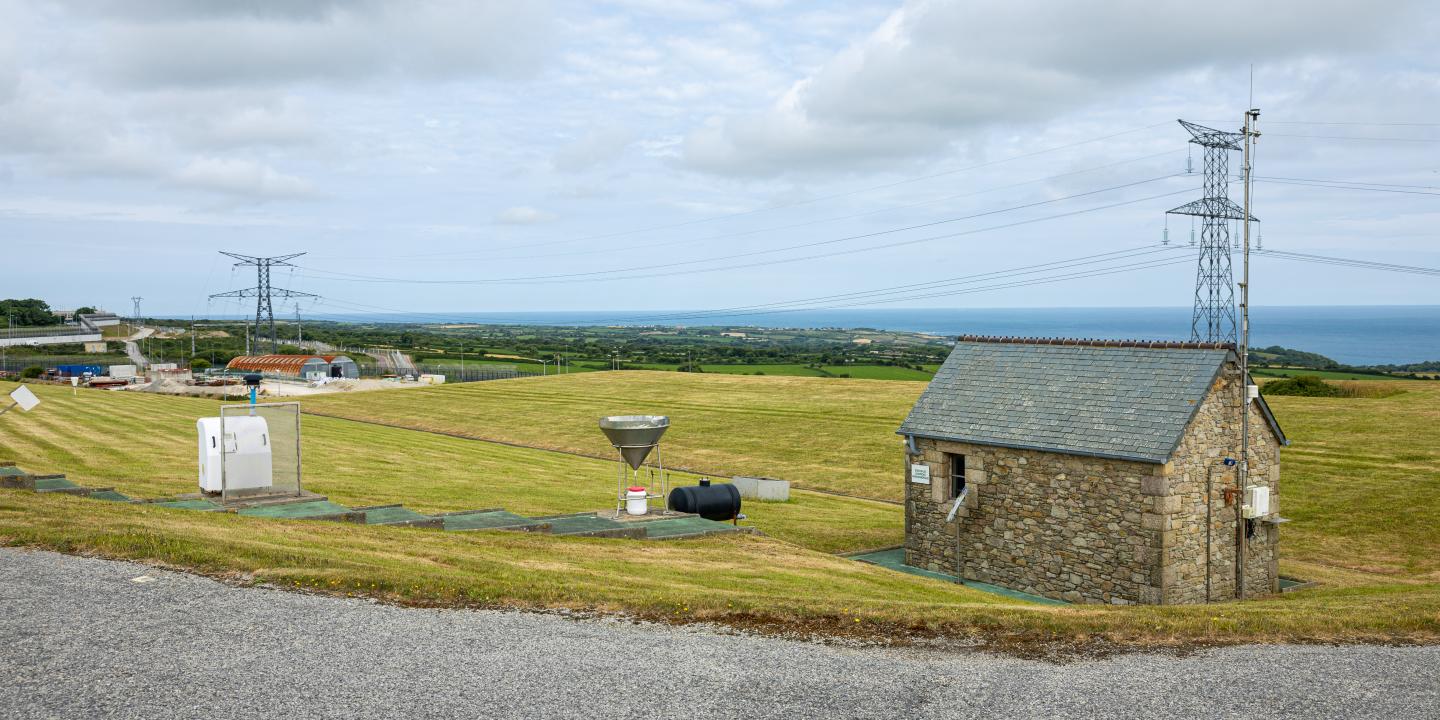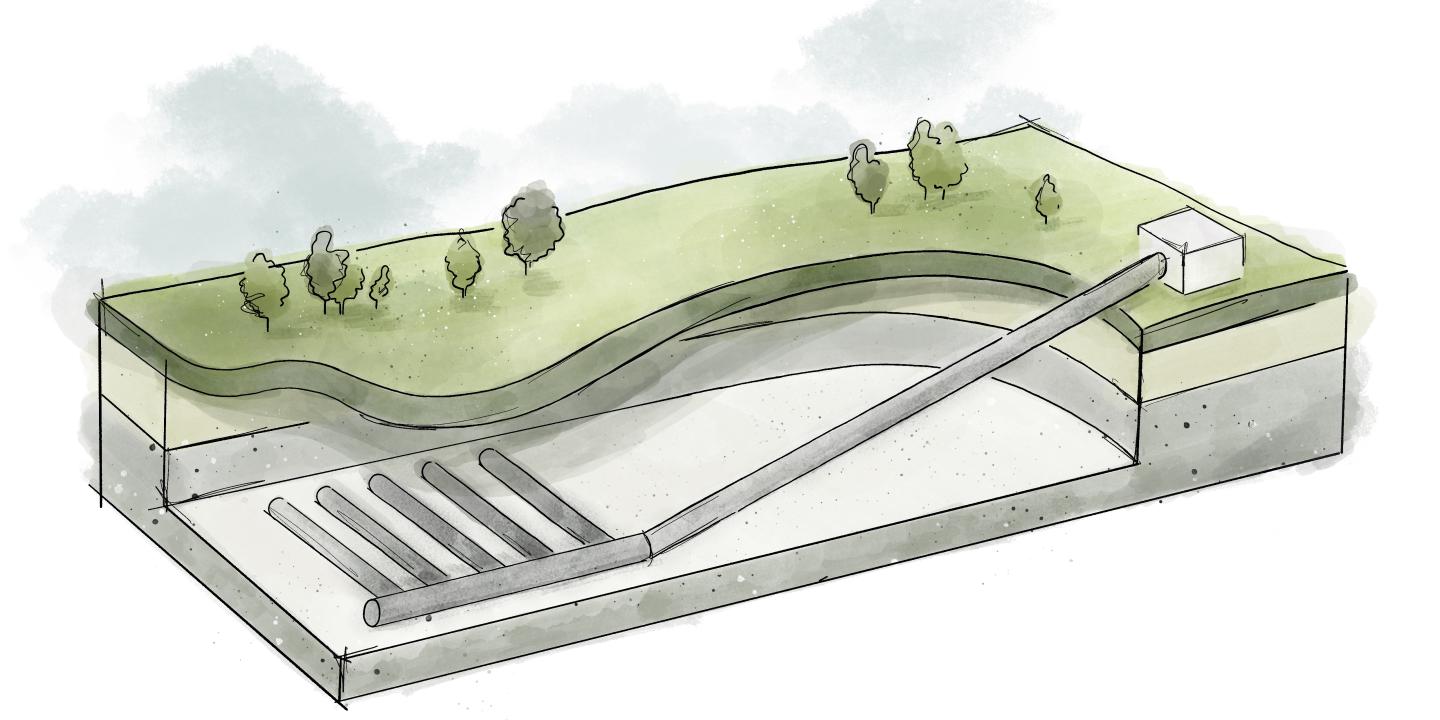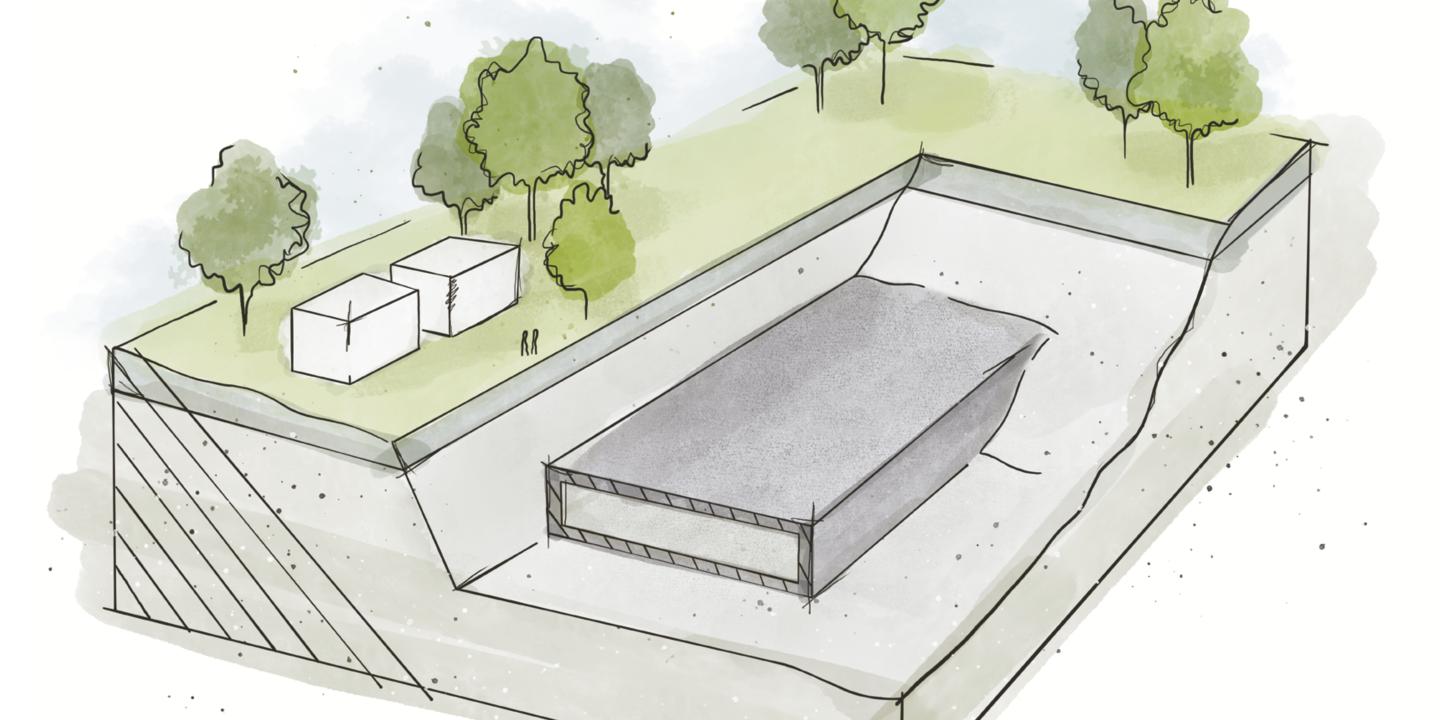ONDRAF/NIRAS plays a key role in several international groups of experts. As such, from 2022 to 2024, we held the co-chairmanship of the Integration Group for the Safety Case: the group of experts that has been developing the concept of the Safety case for deep geological repository of high-level and/or long-lived radioactive waste.
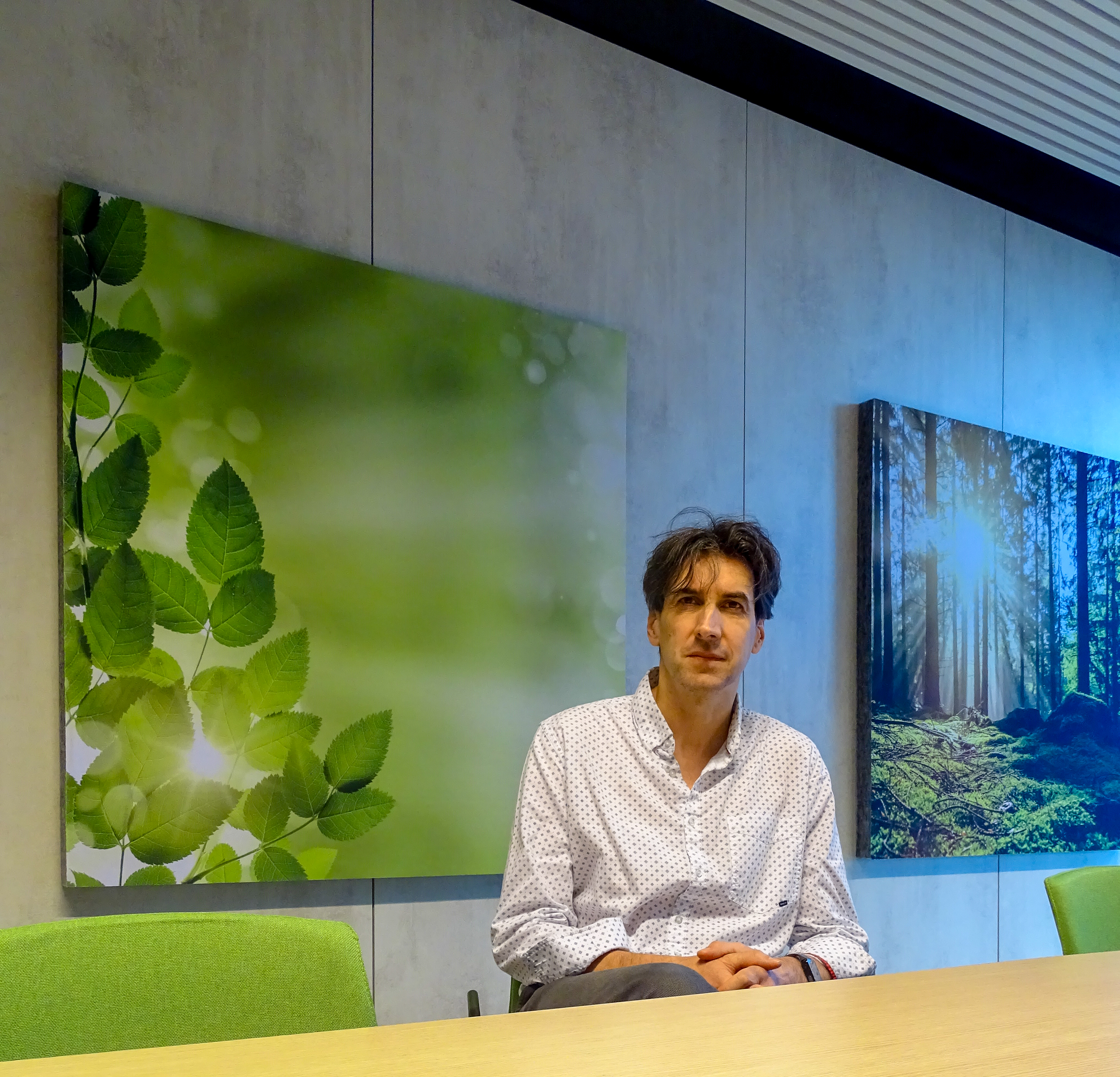
What have been the main progresses in terms of assessing the safety of disposals? And what challenges is this group of experts facing? Safety Assessment expert Manuel Capouet looks back on his co-chairmanship of the IGSC.
Manuel, firstly, what is the "Integration Group for the Safety Case" (IGSC)?
Manuel: "It is one of the Nuclear Energy Agency's (NEA) groups of experts. The NEA is an intergovernmental agency within the Organisation for Economic Co-operation and Development (OECD). The NEA is organised into permanent technical committees. These committees are in turn made up of several groups of experts working on specific topics, including the IGSC, which we have co-chaired since 2021 with the GRS organisation (Gesellschaft für Anlagen- und Reaktorsicherheit), the expert German organisation in the field of nuclear safety."
And what is the aim of this group of experts?
Manuel: "The IGSC is the group of experts who developed the concept of the safety case (see section below) for deep geological repositories, which will house high-level and/or long-lived radioactive waste. It is made up of representatives of radioactive waste management bodies, nuclear safety authorities and their technical support services, as well as research centres from the OECD's member countries.
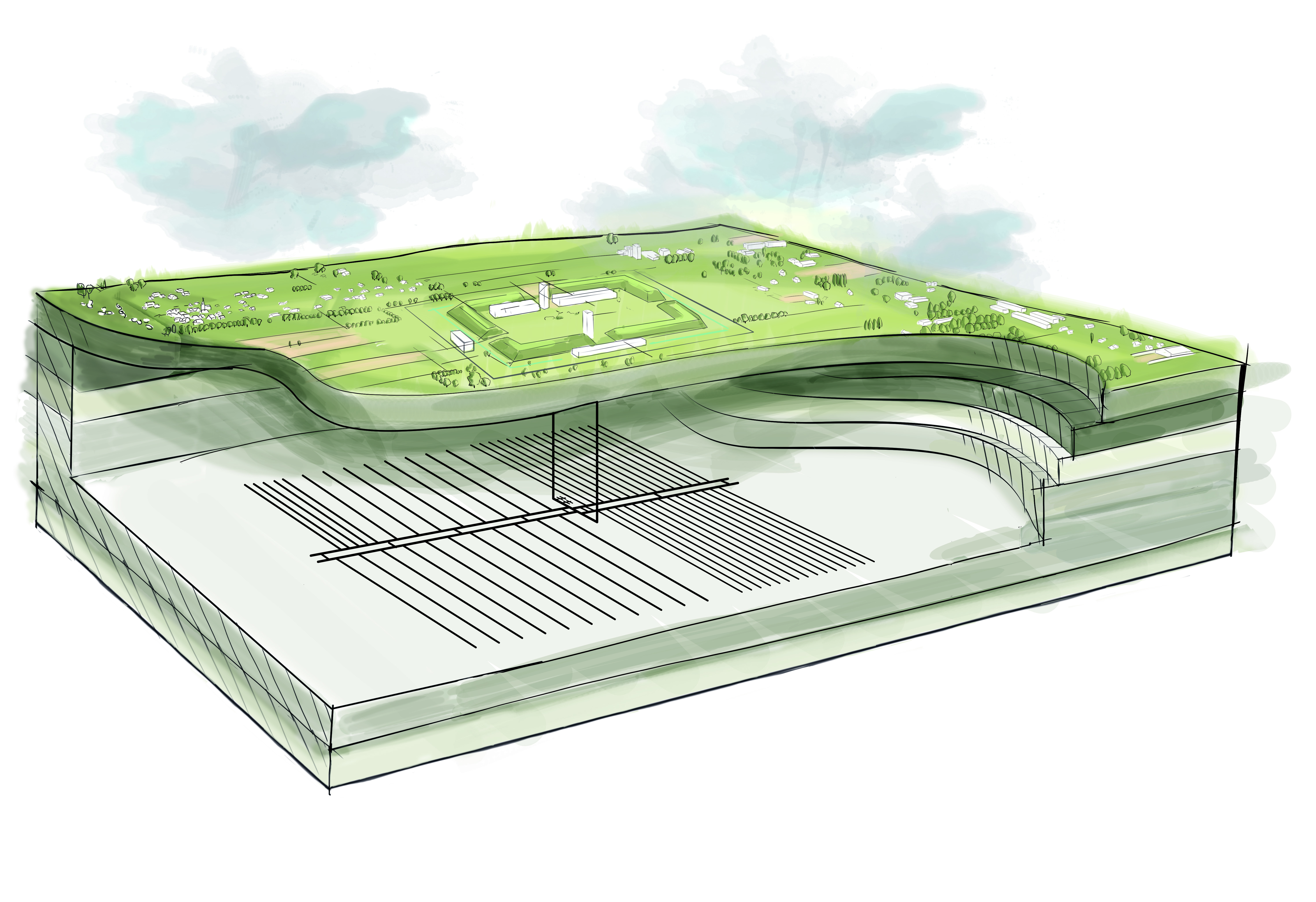 Belgian concept for underground disposal of high-level and/or long-lived waste
Belgian concept for underground disposal of high-level and/or long-lived waste
The IGSC was created in 2000 to meet the needs of member countries in terms of developing, reviewing and updating safety cases. Indeed, although these safety cases have been drawn up since the construction of the first nuclear power plants, the deep disposal of the high-activity radioactive waste generated by these plants posed an unprecedented challenge: how can we prove the safety of a deep repository over a million years, a period during which the waste must be isolated from humans and the environment?
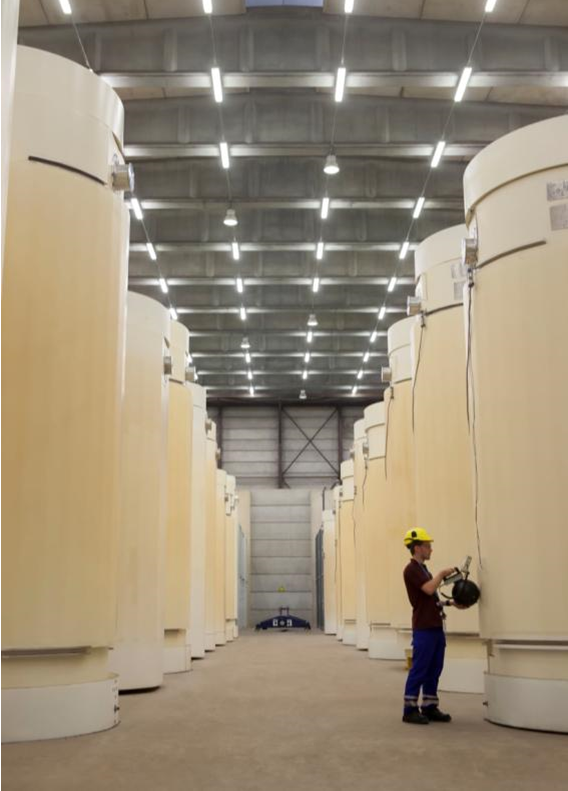 Spent fuel from the Doel nuclear power plant is currently stored in "dry storage" in Doel © ENGIE Electrabel
Spent fuel from the Doel nuclear power plant is currently stored in "dry storage" in Doel © ENGIE Electrabel
This dizzying time scale and the impossibility of prototyping the facility have led us to rethink our approaches to engineering and radiation protection. To tackle this issue, the NEA combined two complementary groups of experts within the organisation: the SEDE, made up of geology experts, and the IPAAG, made up of radiation protection specialists.
Since then, the IGSC has been analysing the methods for developing the safety cases, as well as the methods used to assess the safety and feasibility of deep repositories . Above all, the IGSC is a platform for exchanging ideas; it doesn't enforce regulations or carry out assessments. What emerges from this exchange of ideas are best practices, which are listed and shared."
What role did we play within this group?
Manuel: "We have always played a very active role within the group, ever since it was created. For 20 years, the IGSC has been developing and fine-tuning the concept of a safety case for deep repositories, a concept that has now reached a high level of maturity.
The 20-year anniversary marked the start of a new challenge: how do we put into practice this concept that has been developed on paper? The "operational" approach calls for different types of knowledge, as the construction of a facility has to meet several requirements: ensuring long-term safety, of course, but also operational safety. For example, how can we ensure both nuclear safety and mining safety in a gallery dug 500 meters deep in a geological layer? Could the choices made to meet these operational challenges compromise long-term safety?
To answer these questions, we extended our discussions to other fields. This allowed us to include feedback from surface and sub-surface disposal facilities (those built several tens of metres below ground). In several countries, these facilities are already in operation. The IGSC enables us to share information that may also be useful to other disposal repository projects.
In line with the construction issue, there's the dynamic project management, and its industrial management: a safety case isn't a document that is drawn upon and then put aside. In fact, a deep disposal project stretches over several generations. Decisions change, regulations evolve, and techniques progress, not to mention societal transformations that may turn the project's whole direction on its head. How can we follow these developments? How can we keep track of past decisions, and understand why they were taken? Although the safety case was originally seen as a static object, it is now recognised as a dynamic management tool, which is adapted as the disposal project progresses towards its implementation and operation. Digitalisation will play a crucial role in this respect."
Are there other challenges facing the IGSC?
Manuel: "Of course! We are facing several challenges. Developing the safety case for deep geological repositories will remain the priority, but the IGSC will have to broaden its scope by designing the safety case's methodologies in a more comprehensive and generic way, covering also other types of disposal facilities (such as intermediate-depth disposal or deep boreholes) and a wide variety of waste, whether historical waste or from new-generation nuclear technology. These topics require in-depth exploration, sharing of thoughts and knowledge on an international scale, as well as multi-dimensional (technical, regulatory and ethical) analyses, while remaining in line with a country's overall radioactive waste management strategy. The aim is therefore clear: by responding to the new technical challenges and opening up the discussion to experts from other disciplines and other types of disposal facilities, we can make the management of all radioactive waste more consistent and stable.
The other challenge is an organisational one. The national programmes are progressing slowly but surely towards the operating phases, which is great news. However, this puts the research teams under pressure, as the expected response times are not the same when moving from pre-project R&D to industrialisation. During these operating periods, the teams focus more on national priorities, thus reducing the time spent on international exchanges. It then becomes essential to prioritise the issues and collaborate with other international organisations, such as the European Commission and the International Atomic Energy Agency (IAEA), to avoid duplicating projects. The IGSC needs to remain a dynamic platform for exchanging ideas, favouring short-term projects (two years) and quick publications."
Will all these topics be covered in the programme of work for the coming years?
Manuel: "ONDRAF/NIRAS' co-chairmanship ended at the end of 2024. We have passed the torch to our Canadian colleagues at the NWMO (Nuclear Waste Management Organization). Together with our colleagues from the GRS, who signed up to a second co-chairmanship mandate, they will implement the working programme for the next three years. One of the crucial objectives of the next mandate is to produce a new publication on the the safety case concept. The last publication dates from 2013 and is now outdated. Of course, they'll be able to rely on our involvement and on the conclusions of the latest Safety Case Symposium (note: held in November 2024, in Budapest)."
What have you personally taken from this experience?
Manuel: "Although the scientific bases have a universal scope, their application in our field varies from one programme to another, depending on the inventory of radioactive waste, the geology of the country, its politics and its culture. It is interesting to see how things are done elsewhere and what solutions have been put in place. These exchanges prevent us from getting confined to our narrow views, help to develop a flexible mindset and contribute to ongoing technical training. And of course, on a personal level, this experience in an international context and in terms of coordination also taught me a lot."
The safety case: the central pillar of a deep repository
Authorisation to build, operate and close down a deep repository will only be granted to the operator if its operational and long-term safety can be demonstrated. A disposal facility is deemed safe from a technical point of view if it complies with international, European and, if applicable, national safety standards.
The safety case is a synthesis of scientific and technical evidence, analysis and arguments that enable the operator to prove the technical feasibility of the deep repository, as well as its safety and robustness over hundreds of thousands of years. It also includes the design measures and organisational procedures.
The safety case has become a powerful and essential tool to support decision-making at every stage of a deep disposal programme. Since 2006, it has also formed a central pillar of the International Atomic Energy Agency's (IAEA) safety standards for deep disposal of radioactive waste.
